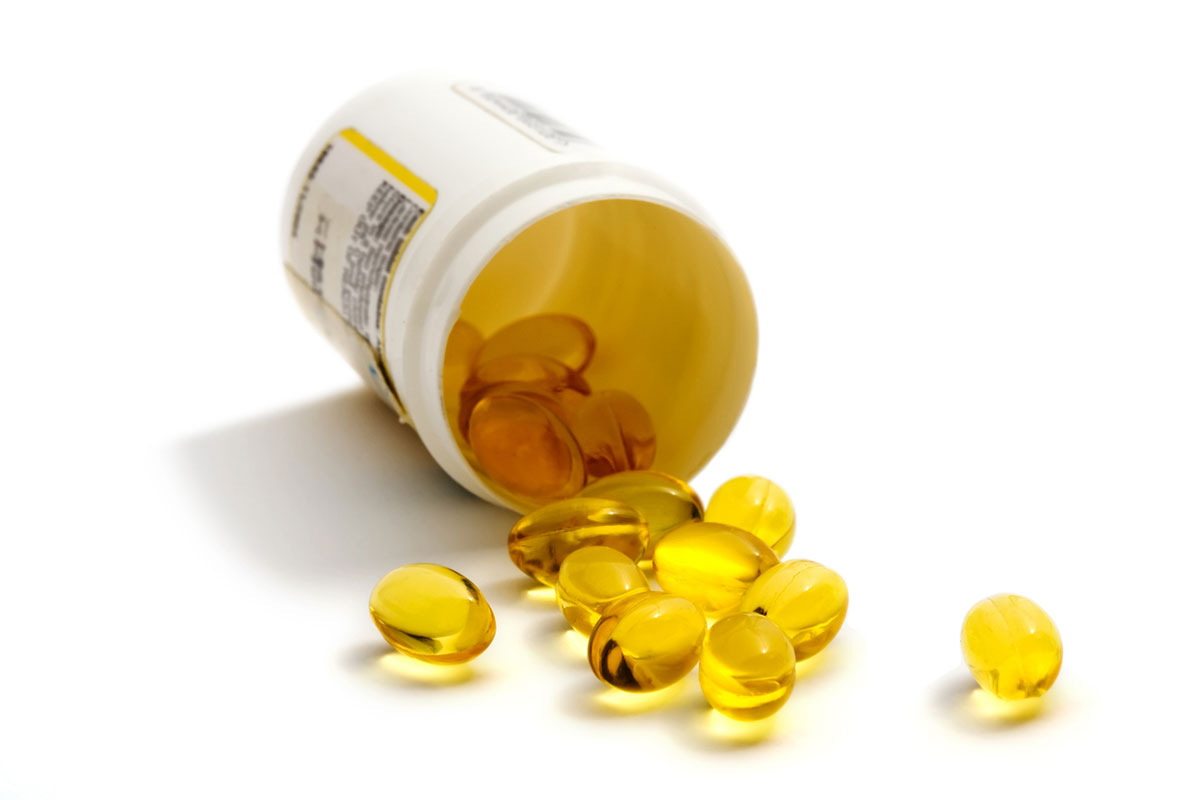Mitragyna speciosa, commercially known as kratom, is an over-the-counter herbal supplement commonly used for pain relief, anxiety, and management of opioid withdrawal.1,2 Despite its natural origin, kratom can cause psychosis, particularly in individuals with a history of substance-induced psychiatric disorders.2 Kratom’s effects are primarily mediated through mitragynine and 7-hydroxymitragynine, which act as agonists at the μ-opioid receptors. Additionally, kratom interacts with adrenergic, serotonergic, and dopaminergic systems, possibly contributing to its stimulant and mood-altering effects.3 This case highlights the toxic effects of high-dose kratom and subsequent management using a second-generation antipsychotic.
Case Report
Mr B is an 18-year-old male with a history of 2 previous episodes of substance-induced psychosis during middle and high school, as well as a past episode of catatonia. He presented to his local emergency department for disorganized/aggressive behavior. During his initial evaluation, Mr B’s speech was dominated by curse words and aggressive statements, though there was no evidence of pressured speech. At times, he mimicked shooting gestures with his fingers. He exhibited agitation, delusional thought content consistent with Fregoli syndrome, and disorganized and illogical behavior but denied hallucinations. Initial medical workup included comprehensive metabolic panel, complete blood count, blood alcohol level, and urine drug screen, which were largely negative. Both his insight and judgment were deemed poor, and Mr B was subsequently determined to require inpatient psychiatric hospitalization due to representing a clear and present danger to himself and others.
While hospitalized, Mr B admitted to ingesting mainly kratom supplements. He reported taking up to 50 capsules in a single day at times, though more recently he had been consuming 10–20 capsules daily. Collateral information from his father revealed a history of similar episodes related to stimulant abuse. His second episode had required hospitalization on a pediatric unit and was treated with neuroleptic medications. He was stabilized and discharged with outpatient follow-up but had not been seen for over a year. Mr B’s father described him as generally well-behaved and indicated a close correlation between previous episodes and substance abuse. He noted no psychotic or manic symptoms between episodes and did not present with symptoms concerning for mania. Mr B was diagnosed with a substance-induced psychotic episode and started on quetiapine, which was titrated to 100 mg twice daily and 150 mg at bedtime, with eventual improvement in mental status. No significant side effects were reported. At discharge, he exhibited minimal delusional thought content, linear and logical thought process, and improved insight into his condition and hospitalization. His behavior was notably less aggressive, and his overall demeanor was pleasant.
Discussion
This case highlights the significant psychiatric risks associated with kratom use, particularly in individuals with a predisposition to drug-induced psychotic episodes. Kratom’s active metabolites, mitragynine and 7-hydroxymitragynine, interact with opioid receptors and serotonergic pathways, potentially precipitating psychotic episodes.4 Mr B’s history of substance-induced psychosis underscores his vulnerability to the psychoactive effects of kratom. His case demonstrates the importance of health care providers inquiring about kratom use when evaluating patients with unexplained psychosis, especially given its legal status and accessibility. The positive response to second-generation antipsychotic treatment and cessation of kratom use in this case emphasizes the potential for recovery with appropriate medical intervention and substance abstinence. Public awareness and education on the risks of kratom are essential. Further research is needed to understand kratom’s psychiatric effects better and to develop guidelines for safe use. This case contributes to the growing body of literature on kratom-induced psychosis, advocating for more stringent regulations and comprehensive patient education to prevent similar cases.
Article Information
Published Online: July 8, 2025. https://doi.org/10.4088/PCC.25cr03935
© 2025 Physicians Postgraduate Press, Inc. Prim Care Companion CNS Disord 2025;27(4):25cr03935
Submitted: February 7, 2025; accepted April 8, 2025.
To Cite: Dadamyan AF, Barada H, Sablaban IM. The hidden perils of kratom: a case of drug-induced psychosis successfully treated with a second-generation antipsychotic. Prim Care Companion CNS Disord 2025; 27(4):25cr03935.
Author Affiliations: Oakland William Beaumont School of Medicine, Dearborn, Michigan (Dadamyan, Barada, Sablaban); Wayne State University School of Medicine, Detroit, Michigan (Sablaban).
Corresponding Author: Hassan Barada, MD, Oakland William Beaumont School of Medicine, 18001 Rotunda Dr, Dearborn, MI 48124 ([email protected]).
Relevant Financial Relationships: None.
Funding/Support: None.
Patient Consent: Consent was received from the patient to publish the case report, and information has been de-identified to protect anonymity.
ORCID: Hassan Barada: https://orcid.org/0009-0007-3142-7727; Ibrahim M. Sablaban: https://orcid.org/0000-0002-9467-9514
References (4)

- Cutlip HA, Bushman E, Thottumari L, et al. A case report of kratom-induced psychosis. Cureus. 2021;13(6):e16073. PubMed CrossRef
- Sablaban IM, Gautam M. The diagnosis of severe obsessions in the setting of kratom withdrawal and treatment with lorazepam: case report. J Addict Dis. 2021;39(1):138–139. PubMed CrossRef
- Cinosi E, Martinotti G, Simonato P, et al. Following “the roots” of kratom (mitragyna speciosa): the evolution of an enhancer from a traditional use to increase work and productivity in Southeast Asia to a recreational psychoactive drug in western countries. Biomed Res Int. 2015;2015:968786. PubMed CrossRef
- Awad M, Burke HH, Oakman SA. Kratom-induced psychiatric decompensation and paranoid delusions. Cureus. 2024;16(2):e54626. PubMed CrossRef
Please sign in or purchase this PDF for $40.





